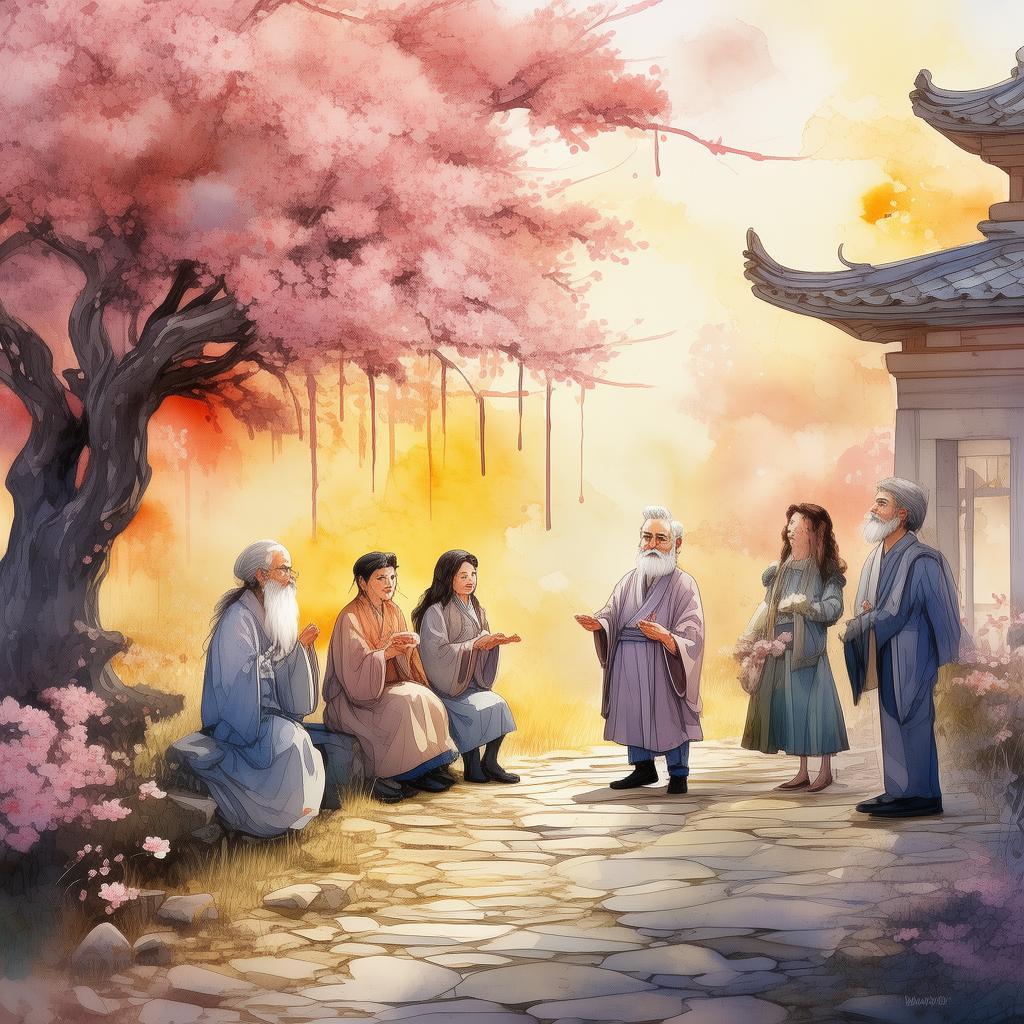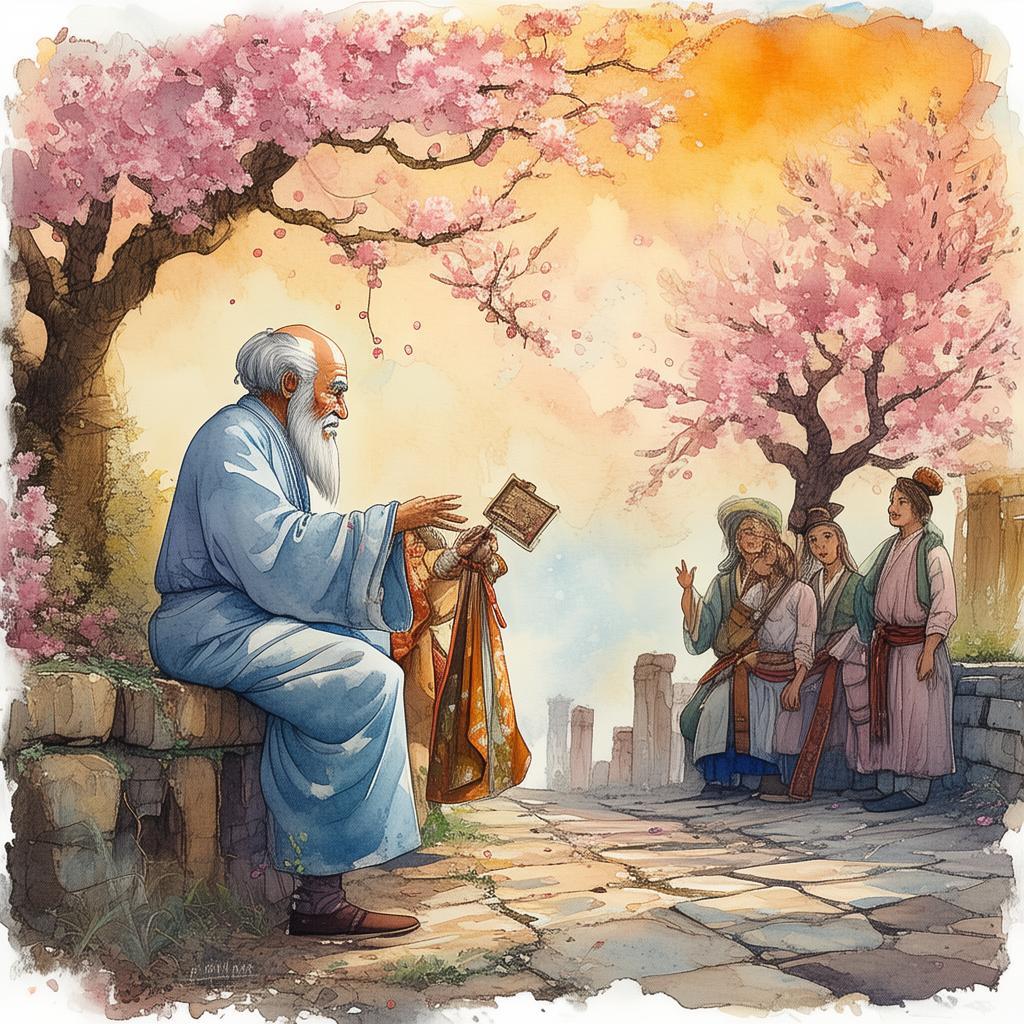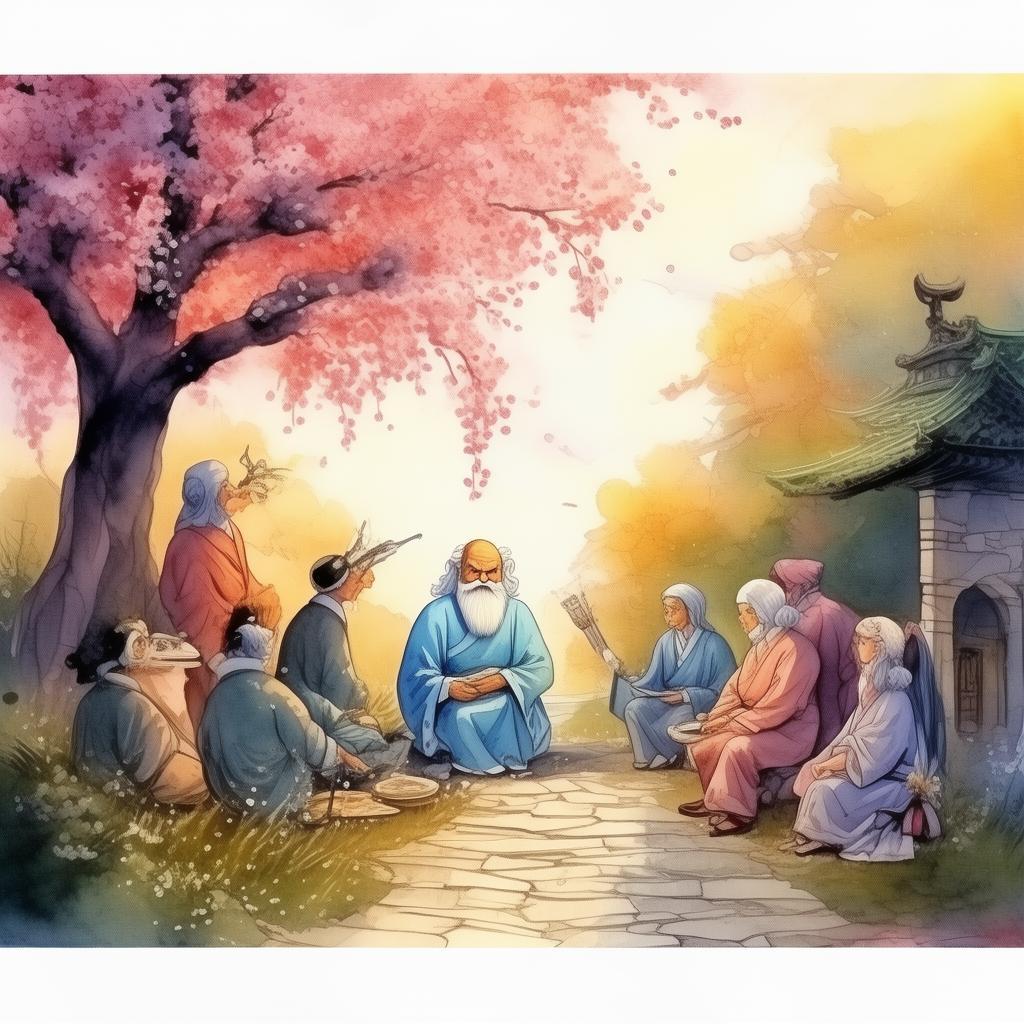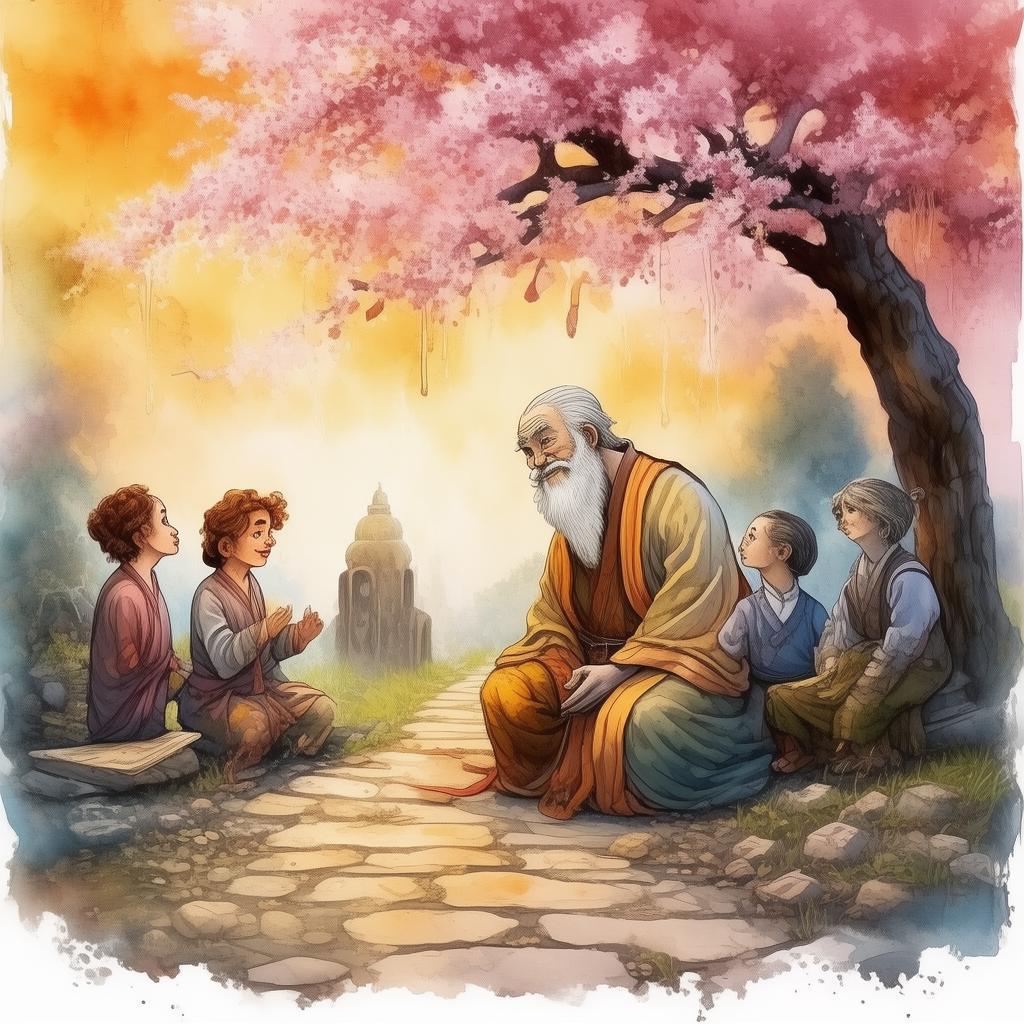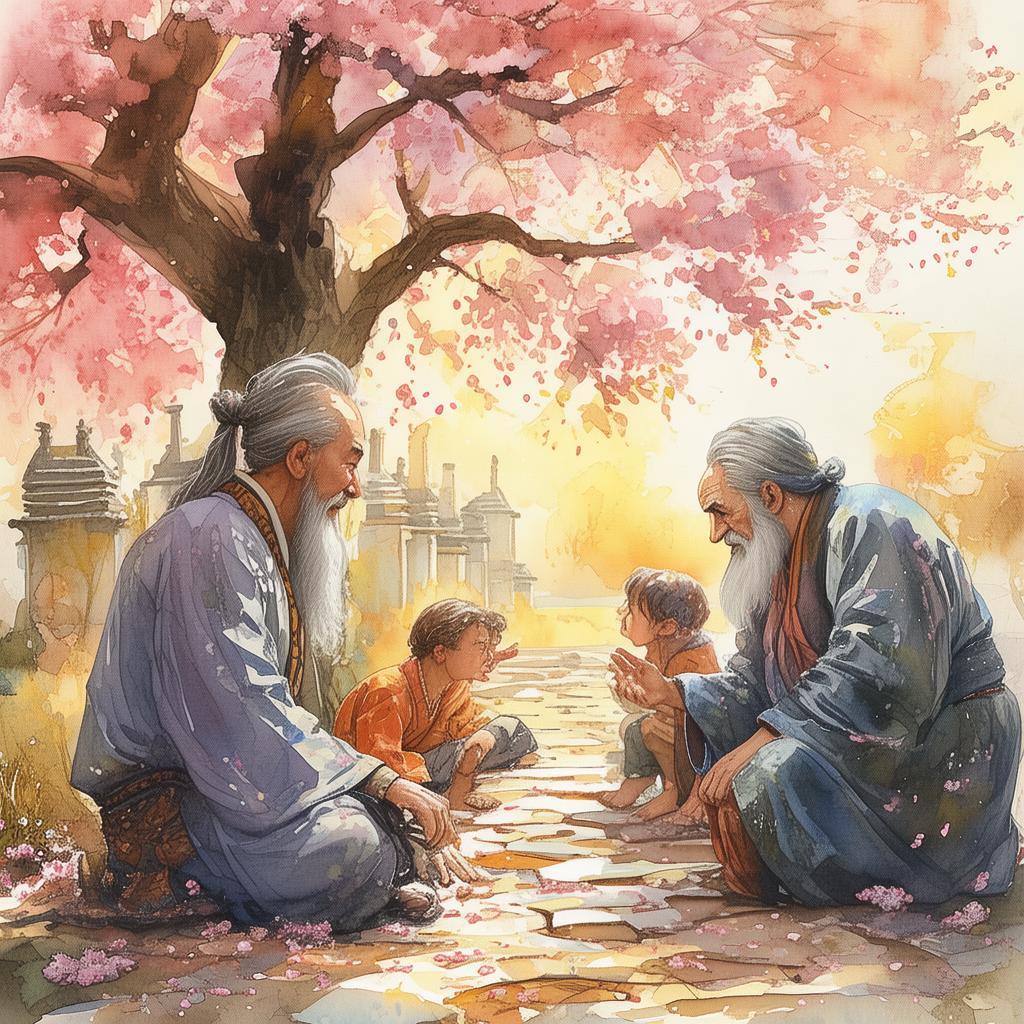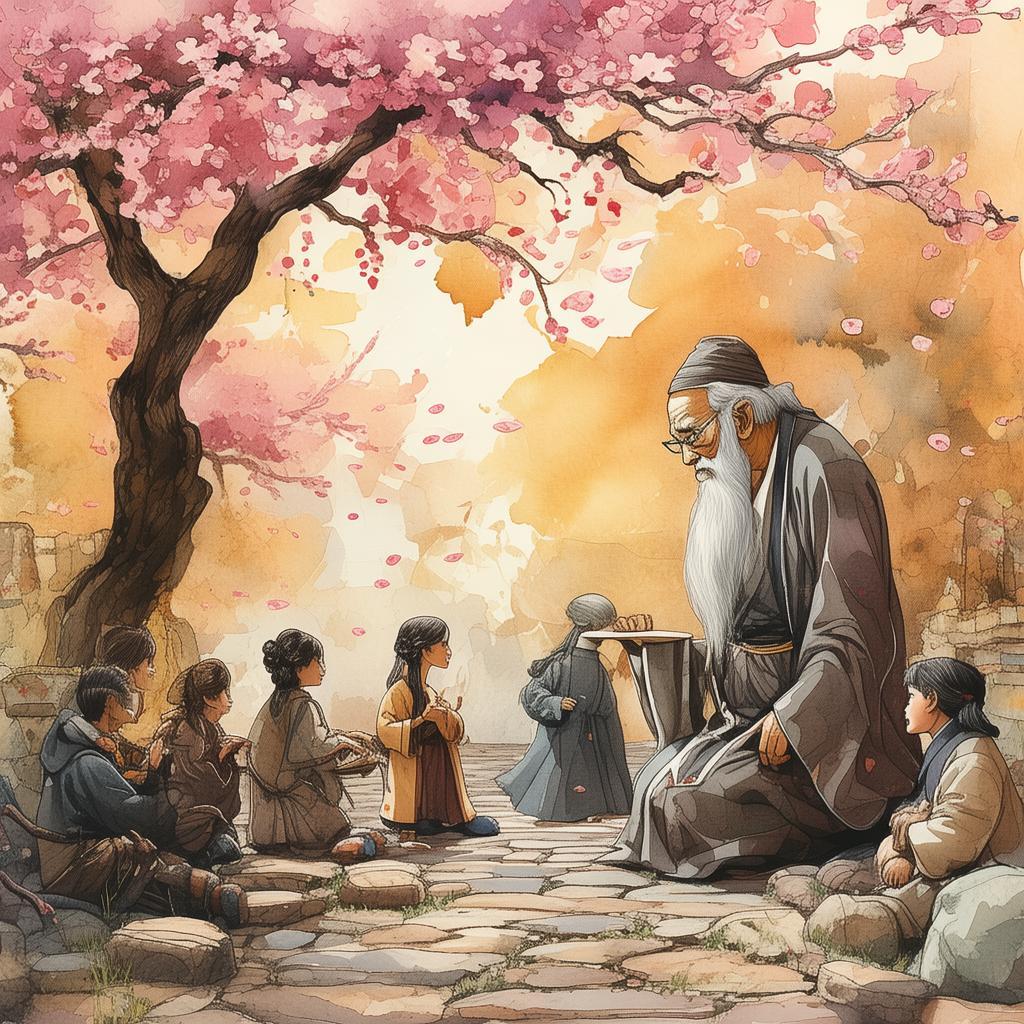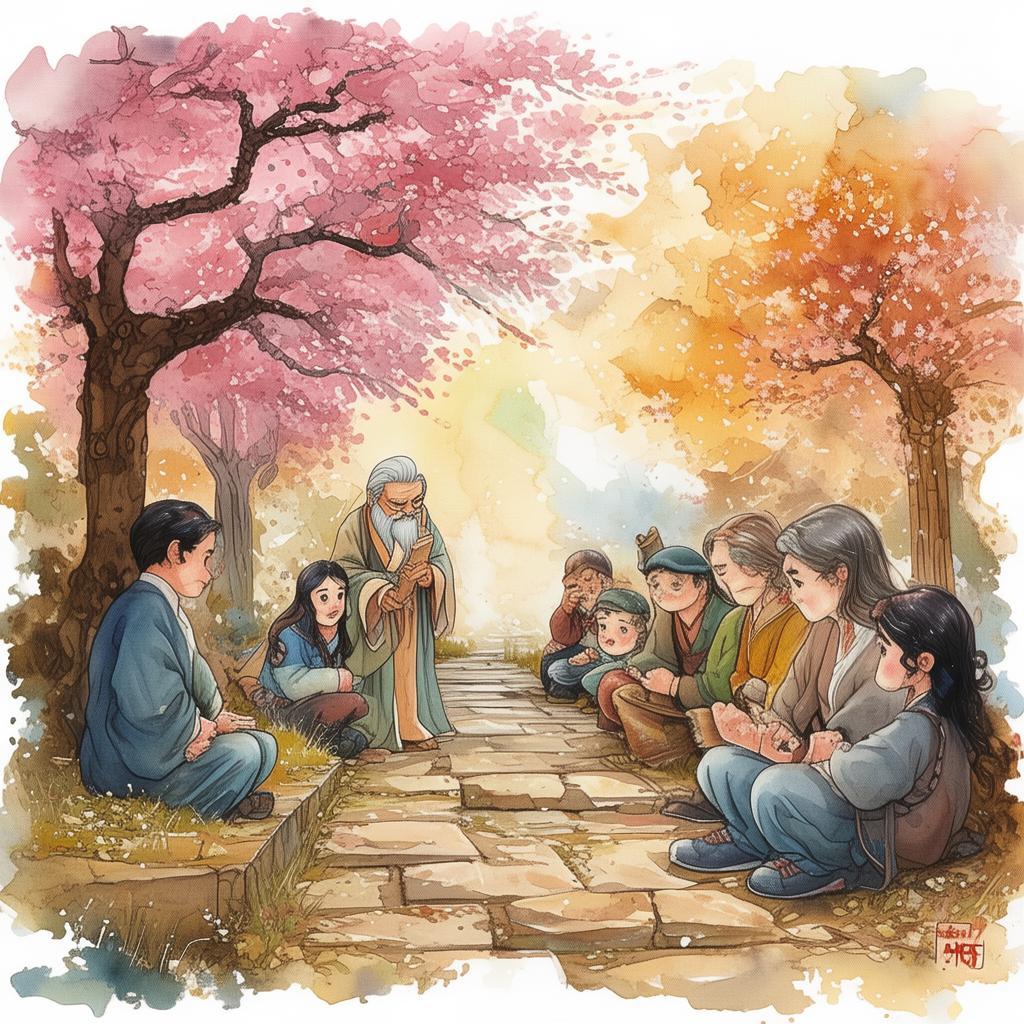Shadows of the Empty City
The moon cast its eerie glow upon the Empty City, its once bustling streets now a silent testament to a mysterious disappearance. Detective Li Ming had been assigned to the case of the Missing Citizens, where every resident vanished without a trace. As he wandered the empty alleys, the wind carried whispers of secrets long buried.
The city's central square was a jigsaw puzzle of scattered debris, the centerpiece being an old, weathered sign that read, "The Empty City's Riddle." The riddle was inscribed in the stone, and Li's curiosity piqued as he approached it.
"Find the key to the Empty City's core," the riddle began, "where the truth lies hidden in the heart of the void."
Li, a seasoned detective, knew that every riddle held a clue, no matter how cryptic. He began to piece together the riddle's meaning, searching for the key that would unlock the mystery of the Empty City. His investigation led him to the city's library, a vast repository of knowledge, where he discovered a forgotten tome about the city's founding.
The book spoke of an ancient civilization that once thrived here, known for its mastery of illusion. According to the tome, the key to the Empty City's core was hidden in the heart of the city's temple, a place shrouded in legend and mystery.
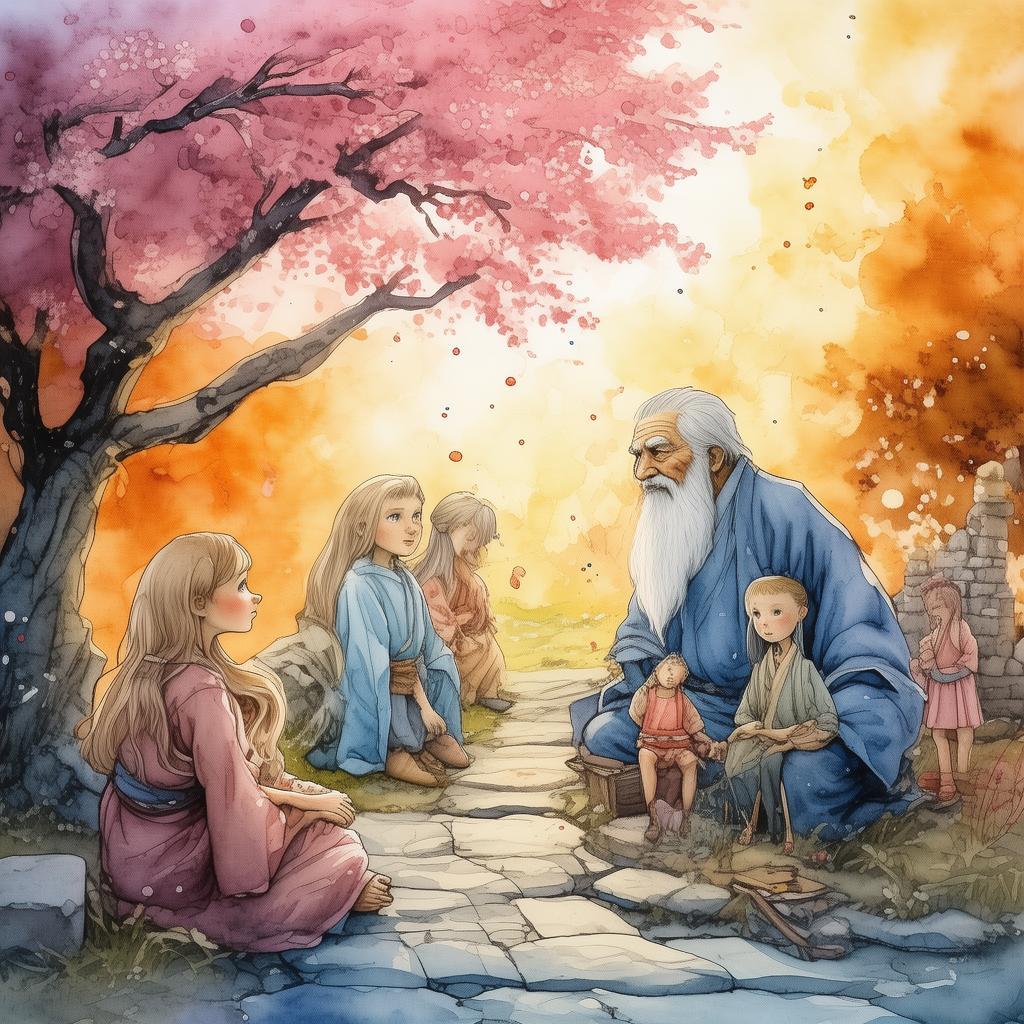
Li's quest took him through the Empty City's labyrinthine network of tunnels and alleyways, where every corner held a new revelation. He met a band of scavengers who claimed to have seen ghostly figures wandering the streets at night, but their tales were met with skepticism by Li.
One night, as the moon hung low in the sky, Li stumbled upon a small, ornate box buried beneath a pile of rubble. Inside the box, he found a delicate key, its surface adorned with intricate symbols. The key matched the lock on the temple's entrance, which led him to a hidden chamber deep within the city.
In the chamber, the walls were adorned with paintings of the Empty City's founders, each depicting a moment of their civilization's greatest triumphs and tragedies. Li noticed a particular painting that seemed to stand out from the rest, one that depicted a grand festival in the city square.
As he gazed upon the painting, the walls around him began to shimmer, and the symbols on the key glowed with an eerie light. The illusion broke, revealing the true heart of the Empty City. A vast, empty space yawned before him, and the key, as it turned, unleashed a storm of whispers.
"Only by embracing the past can we find our future," the voices echoed, and Li realized that the Empty City was a metaphor for the soul's journey through life.
The city's founders had created an illusion to preserve their legacy, a testament to their wisdom and foresight. But the key, hidden in plain sight, was a symbol of the truth that lay within each of them.
Li returned to the present, understanding that the Empty City was a place where the past, present, and future intersected. He knew that the key to solving the case of the Missing Citizens was to uncover the truth behind their disappearance, and that truth could only be found within themselves.
In the end, Li Ming stood before the Empty City's temple, his heart heavy with the weight of the city's past and its uncertain future. But with the key in hand and the riddle solved, he felt a sense of purpose and a newfound understanding of life's mysteries.
And so, Detective Li Ming, the man who had once stood at the heart of an empty city, found his own path to truth and justice, a path that would echo through the ages.
✨ Original Statement ✨
All articles published on this website (including but not limited to text, images, videos, and other content) are original or authorized for reposting and are protected by relevant laws. Without the explicit written permission of this website, no individual or organization may copy, modify, repost, or use the content for commercial purposes.
If you need to quote or cooperate, please contact this site for authorization. We reserve the right to pursue legal responsibility for any unauthorized use.
Hereby declared.
